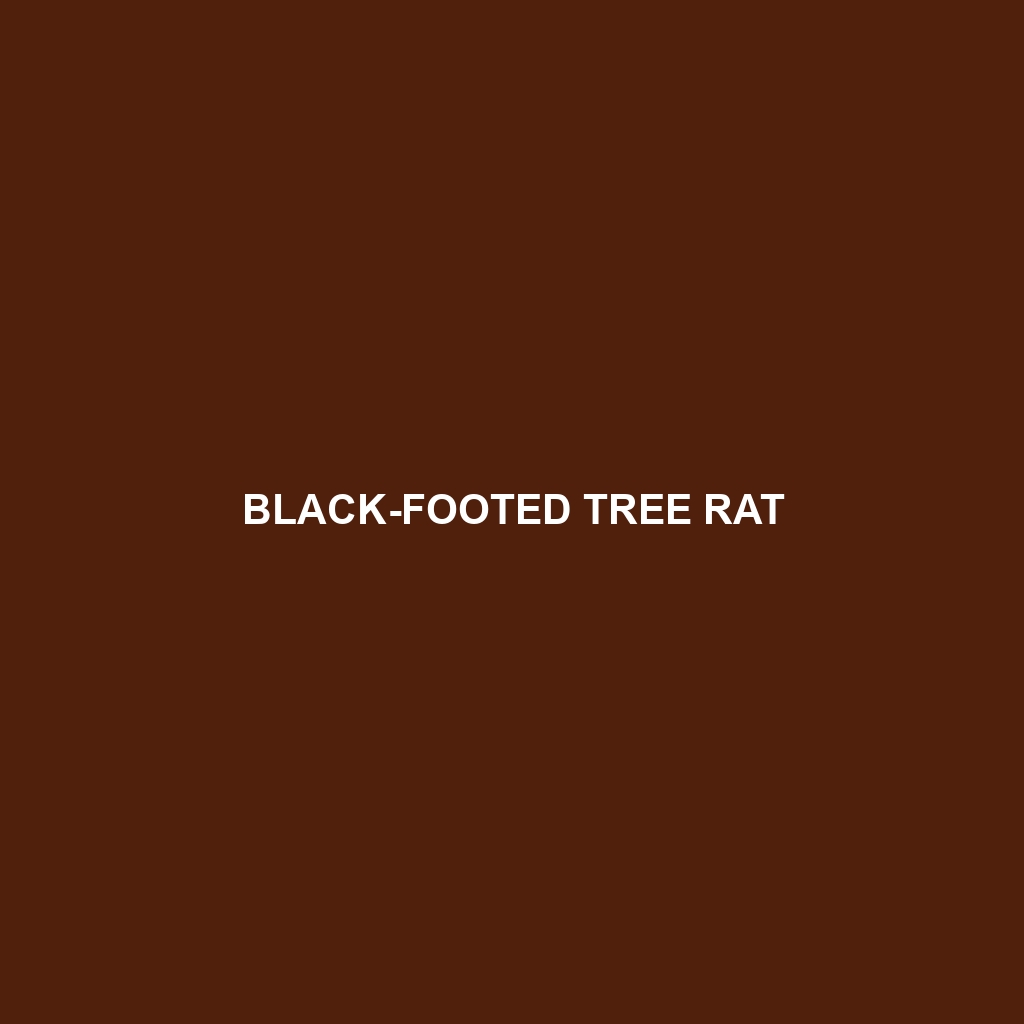Diploderma donglangense, a vulnerable lizard native to the subtropical forests of southern China, known for its striking olive green and brown coloration, tuberculate scales, and arboreal lifestyle. This insectivorous species plays a vital role in its ecosystem by controlling insect populations and exhibiting fascinating behaviors like territorial displays during mating season.
Tag: wildlife studies
Cyrtodactylus chengodumalaensis
Discover the unique Cyrtodactylus chengodumalaensis, a slender gecko native to the lush forests of the Western Ghats in India, known for its nocturnal behavior, insectivorous diet, and striking camouflage. Currently classified as vulnerable, this species plays a crucial role in maintaining the ecological balance of its habitat.
Cnemaspis biocellata
Introducing the Cnemaspis biocellata, a vibrant species of gecko native to Southeast Asia, recognized for its distinctive biocular spots and agile movements. Found in humid tropical forests, this nocturnal insectivore plays a crucial role in its ecosystem while facing vulnerabilities due to habitat loss.
Ceratophora karu
Discover the Ceratophora karu, an endangered species found in the rainforests of Sri Lanka's central highlands, known for its vibrant colors, unique casque, and arboreal behavior. This fascinating reptile plays a crucial role in its ecosystem by controlling insect populations and adapting to its lush environment.
Cenaspis aenigma
<h2></h2> <p>Discover the unique <b>Cenaspis aenigma</b>, a vibrant green species found in the Amazon Basin known for its exceptional gliding abilities and herbivorous diet, primarily consuming high-sugar fruits. Classified as "Vulnerable," this intriguing organism plays a crucial role in its ecosystem through seed dispersal and complex social interactions.</p>
Brachymeles miriamae
Discover the unique Brachymeles miriamae, a vibrant green or brown skink native to the rainforests of the Philippines, known for its elongated body, smooth scales, and diurnal behavior. This insectivorous species plays a crucial role in maintaining ecosystem balance by controlling insect populations and thrives in moist environments, making it a fascinating addition to any collection.
Northern Serotine
Discover the intriguing world of the Northern Serotine, a medium-sized bat thriving in diverse habitats across Europe and Asia. From its unique hawk-like foraging techniques to its vital role in pest control, this fascinating species showcases remarkable adaptability and social behavior. As their conservation status remains vulnerable, learn how their presence enriches both urban and natural environments and what we can do to protect them.
Gould’s Long-eared Bat
Discover the fascinating world of Gould's Long-eared Bat (Nyctophilus gouldi), a medium-sized nocturnal mammal thriving in Australia's diverse habitats, from woodlands to urban areas. Known for its impressive echolocation abilities and distinctive large ears, this vulnerable species plays a vital role in regulating insect populations and maintaining ecosystem balance. Learn about its unique behaviors, breeding habits, and the conservation efforts needed to protect this essential player in biodiversity.
Black-footed Tree Rat
Discover the fascinating world of the **Black-footed Tree Rat** (<i>[Insert Scientific Name]</i>), a unique rodent thriving in the lush tropical rainforests of Australia. With its striking black feet, intriguing social behaviors, and vital role in seed dispersal, this species faces challenges due to habitat loss, making conservation efforts essential for its survival. Join us as we explore its habitat, diet, reproduction, and the critical role it plays in maintaining ecological balance.
Manus Island Mosaic-tailed Rat
Discover the unique Manus Island Mosaic-tailed Rat, a vibrant rodent endemic to Papua New Guinea's lush rainforests. Known for its striking mosaic-patterned tail and social behavior, this nocturnal climber plays a crucial role in its ecosystem as both a seed disperser and a part of the food web. However, with its vulnerable status due to habitat loss, conservation efforts are essential to safeguard this fascinating species.









